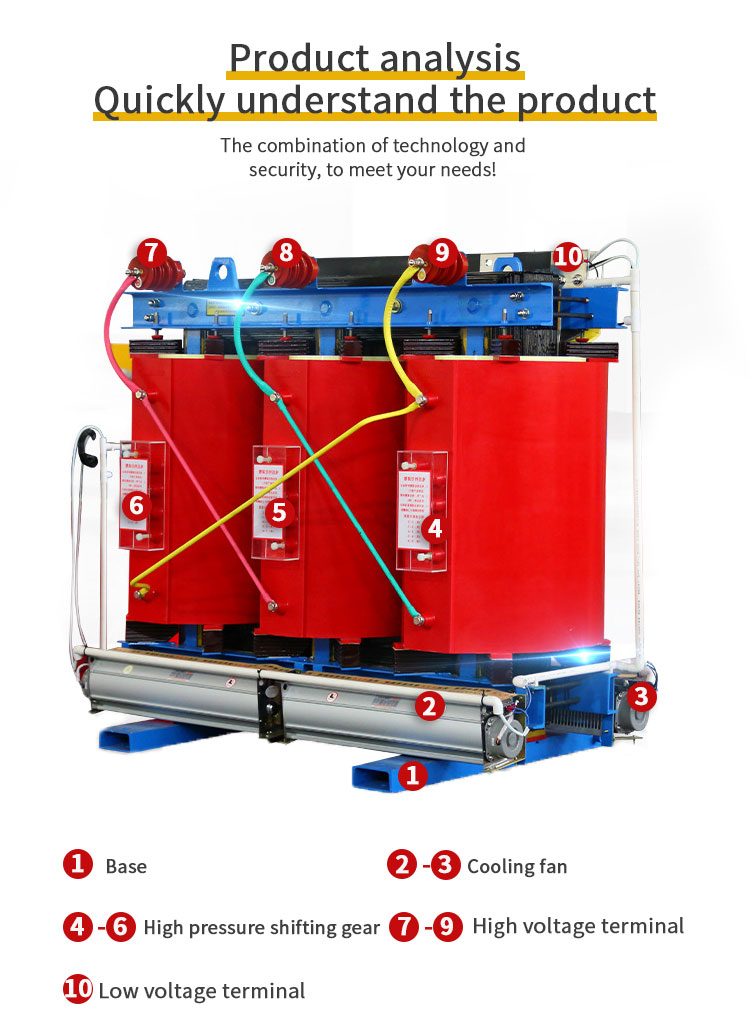Abstract: With the increasing application of LED, high power LED drive control more important. This paper analyzes the new technical features and applications of LED lighting brightness control.
1 Introduction
Nowadays, the trend of power management technology is that the huge market for Power over Ethernet technology is close at hand. The power IC should have multiple functions. The power conversion IC integrates LDO and DC/DC converters, LED/LCD/O LED drivers and other power. Semiconductor devices and power modules. This article only discusses the dimming control technology in LED/LCD/O LED drivers . This is because LEDs have driven the lighting revolution. LCD backlights are still the main LED application, and their LEDs have been used in a variety of indoor and outdoor decorative lighting applications, and have begun to focus on general lighting applications such as flashlights, garden lights and street lights. These uses are opening up markets for LED lighting in the home and corporate lighting sector. The future of LED general lighting is the development of high-throughput LEDs with luminous efficiencies exceeding 100 lm/W, enabling LEDs to operate with AC without the need for inverters, thus driving LEDs closer to the mainstream general lighting market. Therefore, the brightness control of backlight illumination is an important technology in the LED lighting revolution, so there is an analysis of the new technical features and applications of LED illumination brightness control described below.
2, backlight illumination brightness control topology
The backlight illumination brightness control topology is a dimming method, including dimming techniques such as pulse width modulation (PWM), DC voltage control, and resistance dimming using low frequency and high frequency signals. The following only introduces DC voltage control and PWM modulation techniques.
2.1 DC voltage dimming
Figure 1 is a typical DC voltage dimming diagram using the ZETEX ZXLD1350 driver as an example.
The ZXLD1350 driver is a continuous inductive buck converter with multiple switches and an output current of 350mA with an input voltage range of 7V to 30V. Its feature is that the ZXLDl350 is equipped with a multi-function adjustment foot that adjusts the brightness of the LED in a variety of ways by controlling the current of the LED.
Figure 1: Schematic diagram of DC voltage dimming
The TLV431 acts as a shunt regulator to generate an external 1.25V voltage reference. This voltage reference is applied to the VRl potential to provide a dimming voltage of 0V-1.25V. Using an external regulator will affect the accuracy of the current setting. The 1% voltage reference is used to make the LED current more accurate than the built-in voltage reference.
The adjustment pin can be overdriven with an external DC voltage (VADJ) to achieve a built-in voltage reference and adjust the output current to exceed or fall below the rated value. The rated output current at this time is:
Note that the 100% brightness setting corresponds to VADJ=VREF. If VIN reaches a maximum of 2.5V, RSENSE should be doubled. This will reduce the power by a small 1% to 2%. The input impedance of the adjustment pin is 200kV+20%. If the output impedance of the DC voltage is relatively high, it may have an effect.
2. High reliability: NOMEX insulation material is selected for high and low voltage coils, and Class H solvent-free impregnating paint is impregnated by VPI vacuum pressurizing equipment for many times, and the coils are baked and cured at high temperature for many times. The product is Class H (180 ℃), while the main insulation material is Class C (220 ℃), with strong overload capacity and good short-circuit resistance. Under the condition of good ventilation, 20% overload operation is allowed.
3. Energy conservation and environmental protection: steel, iron and other materials are easy to recover after the end of product life; All NOMEX paper used will not release toxic substances when burning; Other insulating materials can be degraded without polluting the environment; Low loss and energy saving of products; Low noise, flexible design.
Because dry-type transformer has no oil, there is no fire, explosion, pollution and other problems, so electrical codes and regulations do not require dry-type transformer to be placed in a separate room. The loss and noise have been reduced to a new level, creating conditions for the transformer and low-voltage panel to be placed in the same distribution room.

Epoxy resin cast transformer,Dry Electrical Transformer,Dry Type Isolation Transformer,Copper Winding Dry Transformer
Henan New Electric Power Co.,Ltd. , https://www.newelectricpower.com